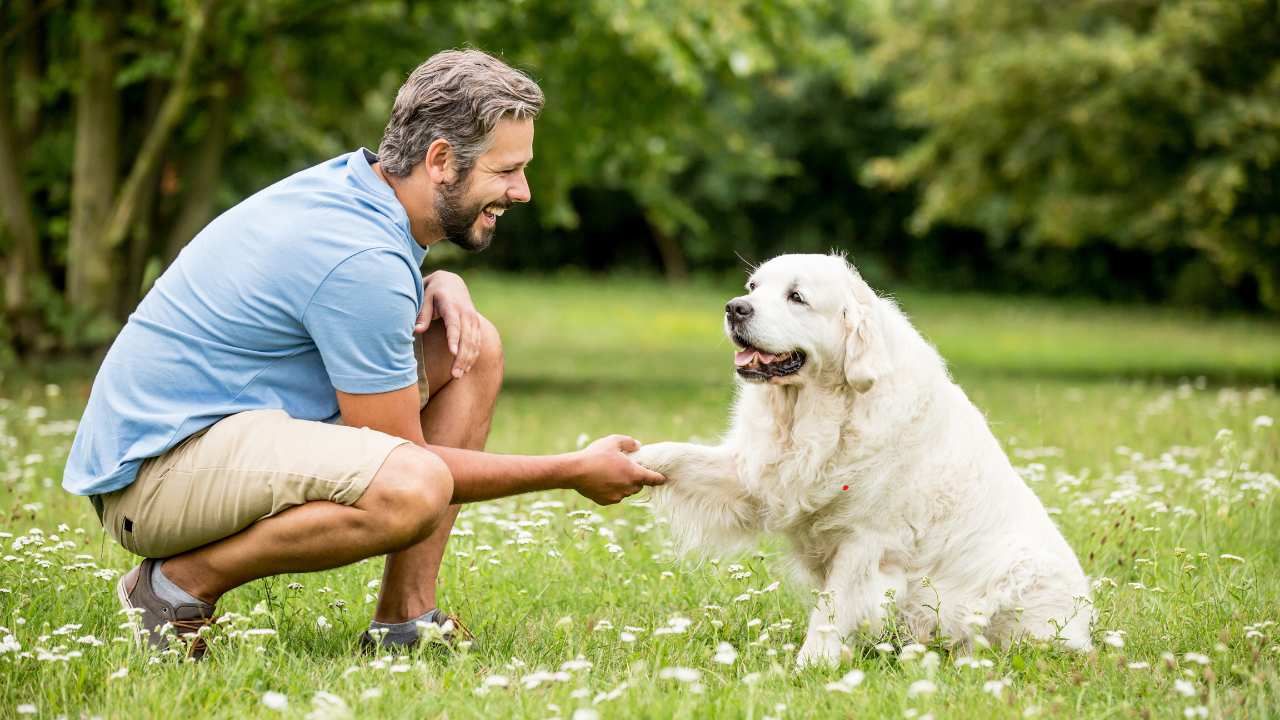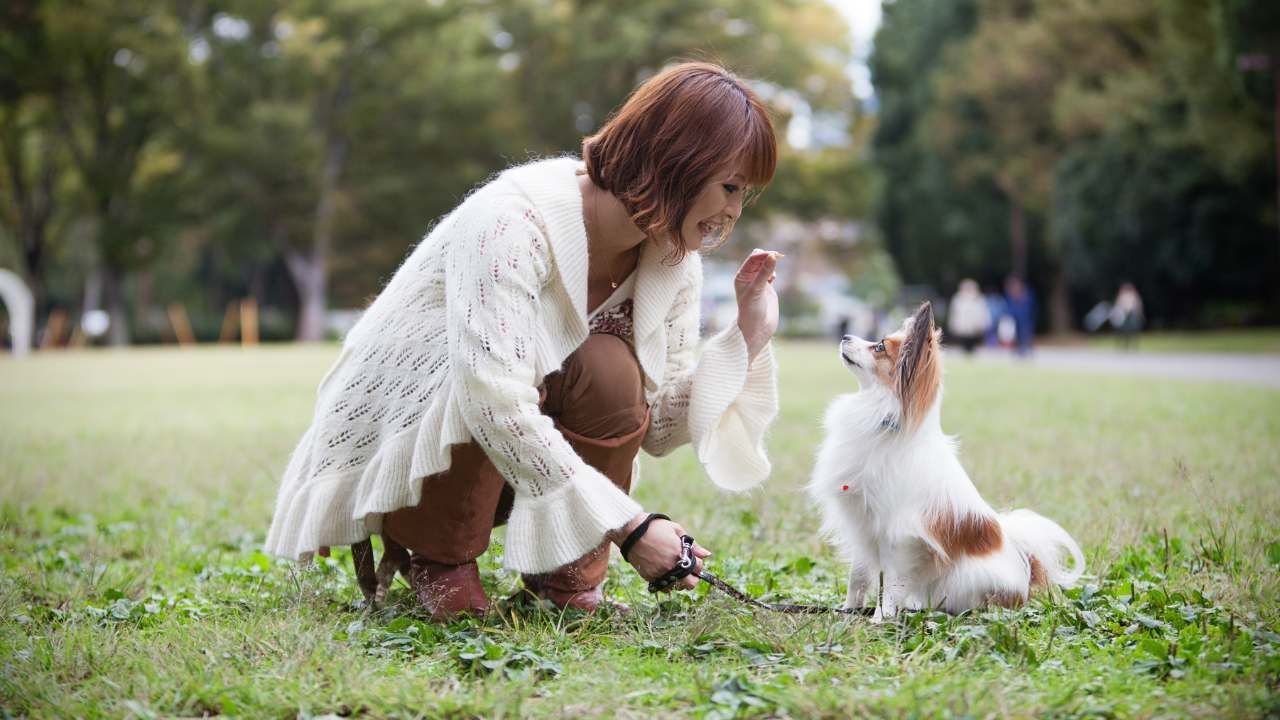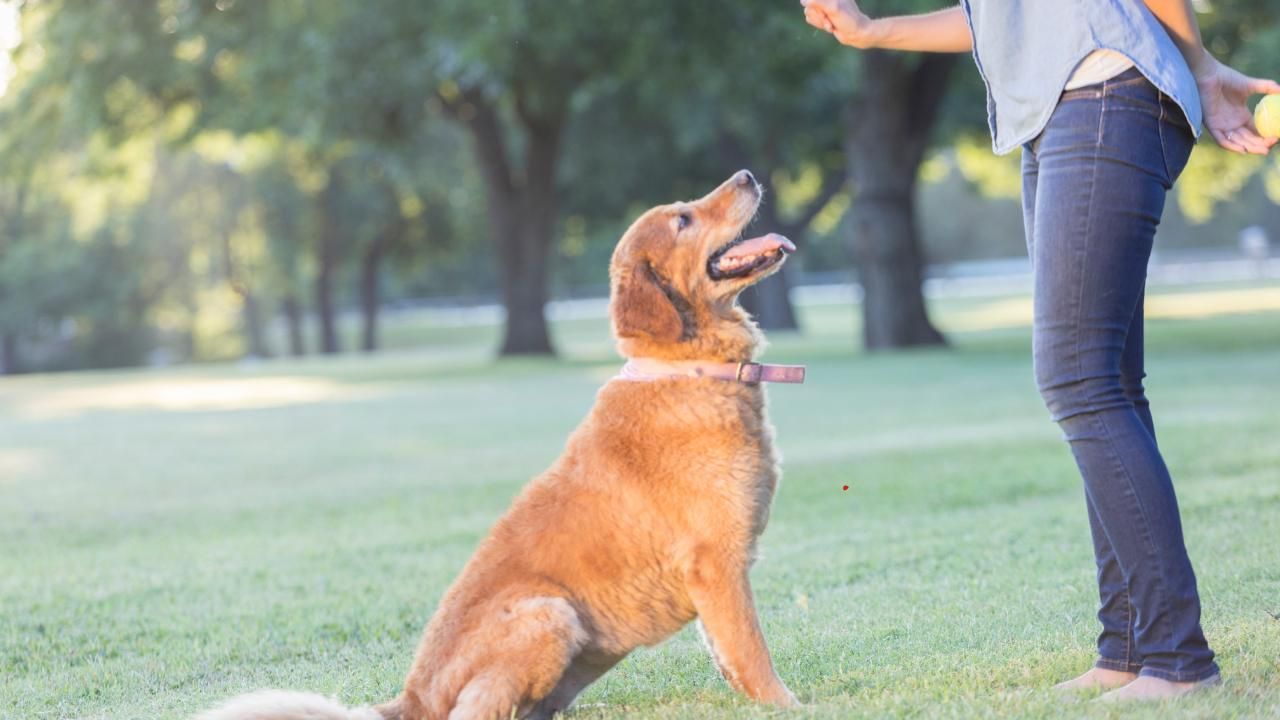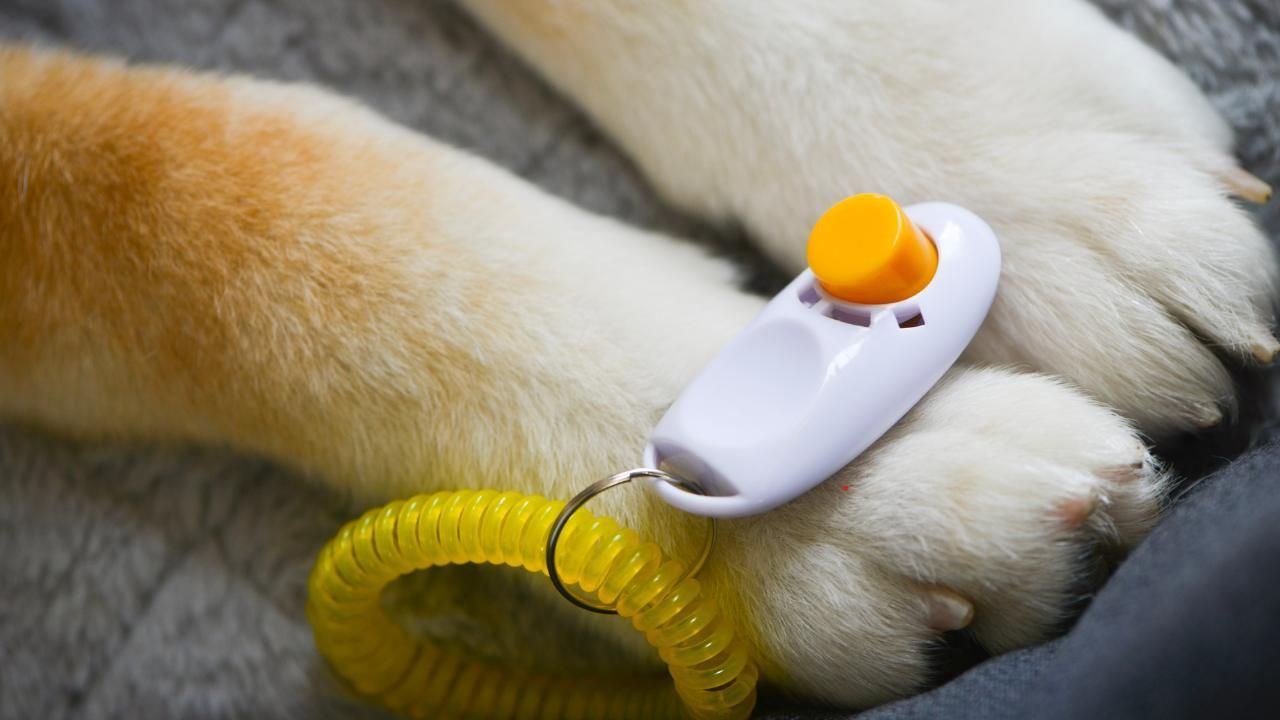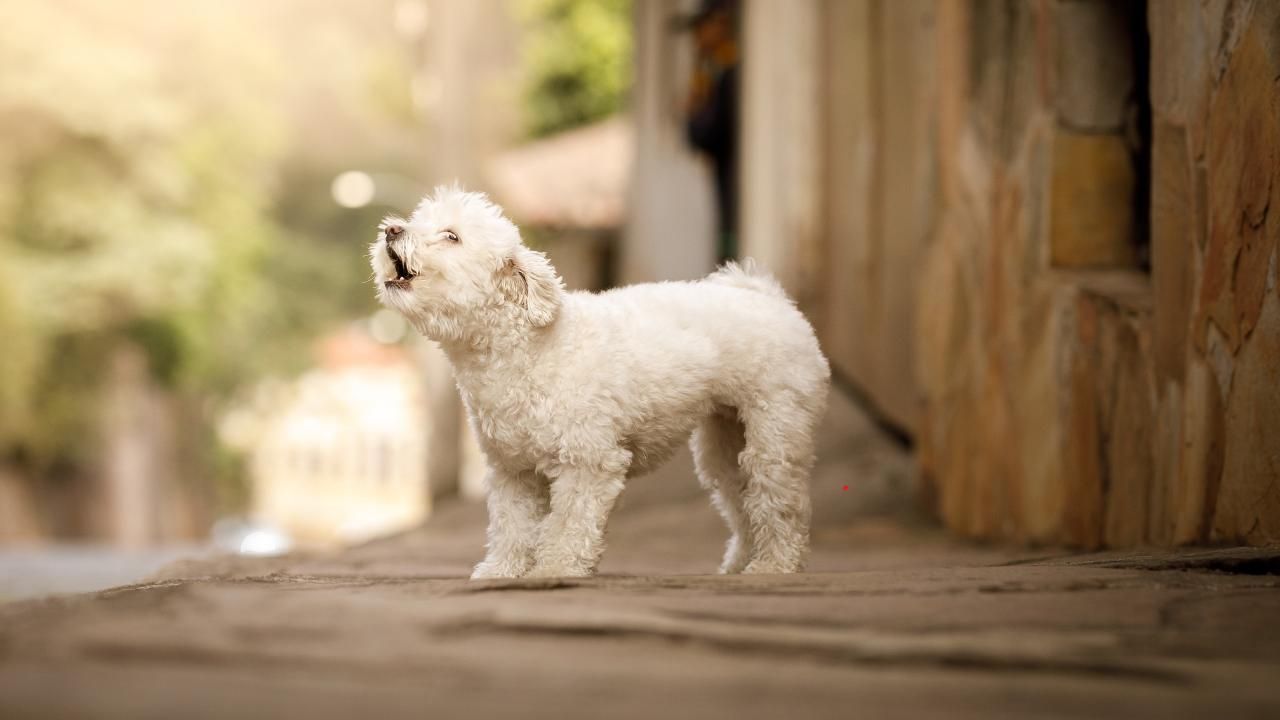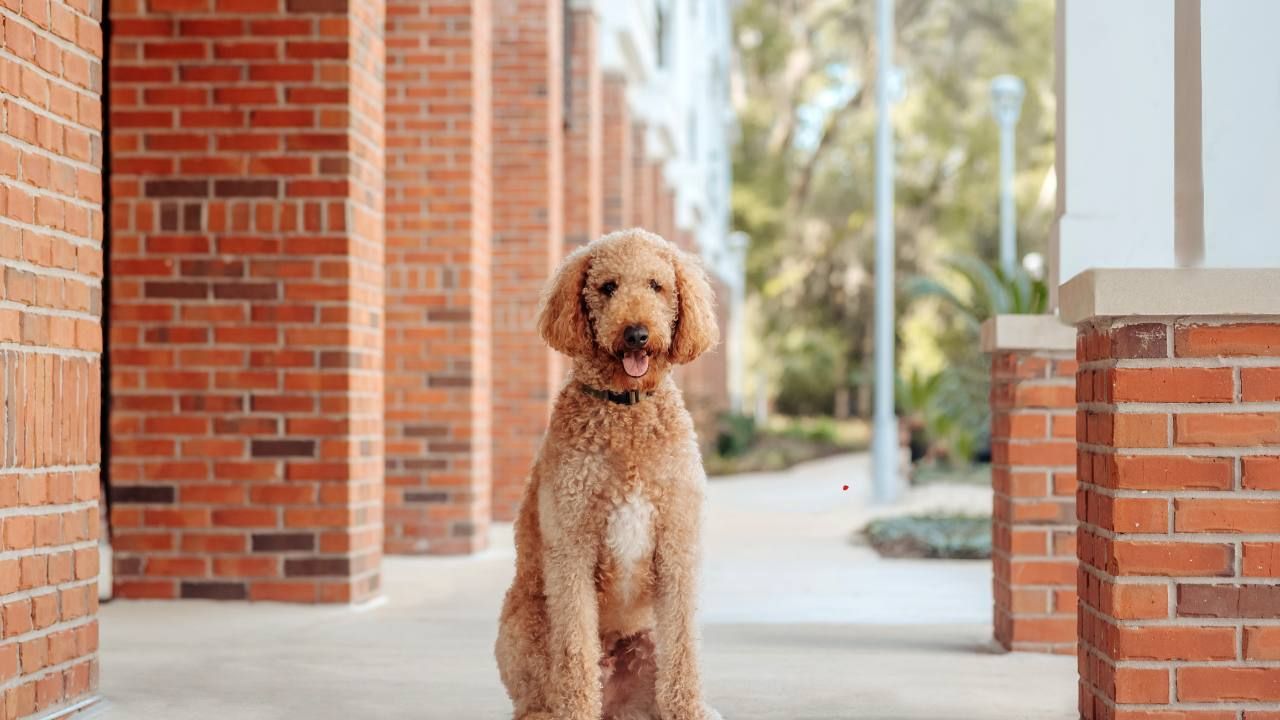Common Mistakes People Make When Teaching Dog Commands

Training a dog sounds simple enough—say a command, give a treat, repeat. But the reality? Most owners unknowingly make small mistakes that confuse their dogs and slow progress. Whether you’ve just brought home a new pup or you’re refining your training approach, avoiding these common slip-ups can make all the difference in building a well-behaved, confident companion.
In this post, we’ll look at the most frequent errors owners make when teaching commands, how to fix them, and what to do instead for faster, lasting results.
1. Being Inconsistent with Commands
Dogs thrive on consistency. If you sometimes say “Come here” and other times “Come,” your dog won’t realize both mean the same thing. This inconsistency leaves them uncertain about what you want. The fix is simple—choose one version of each command and stick with it.
Also, make sure everyone in the household uses the same wording. A family member saying “Down” when they mean “Get off the couch” while you use it to mean “Lie down” can be confusing for your dog. Consistency in tone, body language, and phrasing is key to helping your dog learn quickly.
2. Skipping the Basics Too Soon
Many owners get excited about teaching fun tricks before mastering the essentials. But if your dog hasn’t nailed “sit,” “stay,” or “come,” it’s like trying to run before you can walk. Foundational commands build trust and focus—skills that make future training easier.
Keep training sessions short (5–10 minutes) and end on a positive note. Dogs, especially puppies, have short attention spans. Celebrate small wins before moving to more advanced commands.
3. Relying Too Much on Treats
Positive reinforcement is essential, but too many owners never fade out food rewards. If your dog only listens when there’s a treat in your hand, it’s a sign you’ve built dependency rather than discipline.
Start with treats, then gradually switch to praise, play, or affection as rewards. Dogs respond just as strongly to verbal cues like “Good job!” or a quick belly rub. The goal is to make good behavior its own reward—not something that only happens when food is involved.
4. Losing Patience or Showing Frustration
Dogs can sense frustration instantly. Raising your voice, grabbing their collar roughly, or showing irritation during training sessions damages trust. Instead, take a step back and end the session calmly if things aren’t going well.
Remember: your tone and body language communicate far more than your words. Stay patient, be encouraging, and keep your sessions lighthearted. Training should feel like a game your dog enjoys—not a chore they dread.
5. Ignoring Socialization and Distraction Training
A dog that obeys perfectly at home might completely ignore you at the park. Why? Because they haven’t learned to listen amid distractions. Gradually introduce real-world environments—quiet backyard first, then busier areas.
Early socialization matters just as much as obedience. Meeting other dogs, people, and environments helps them grow into balanced adults. This is especially important for young dogs from trusted breeders, such as those offering Bernedoodles puppies for sale in Mesa AZ, who often begin early social training before the pups go home.
Case Study: How Patience Turned Chaos into Obedience
When a client from Doodling Pups, LLC adopted a Bernedoodle named Charlie, they struggled with leash pulling and ignored commands. After realizing they were giving mixed signals and training inconsistently, they committed to short, daily sessions using clear, firm cues and positive reinforcement. Within four weeks, Charlie was walking calmly, responding to “heel,” and maintaining focus even around distractions. The difference? Consistency, patience, and clear communication.
6. Not Recognizing the Role of a Reputable Breeder
A well-trained dog starts with good genetics and early care. Working with a reputable dog breeder ensures your puppy has been properly socialized, exposed to basic handling, and bred for a stable temperament. Training becomes smoother when your dog begins with a balanced disposition and confidence.
Final Thoughts
Teaching commands isn’t just about obedience—it’s about building trust and communication. Avoiding these mistakes sets the foundation for a lasting bond and a well-mannered companion. Take your time, keep sessions fun, and always end with positivity.
Ready to bring home a smart, trainable puppy? Choose one that’s already set up for success—start with a trusted breeder and make training an enjoyable journey for both of you. Contact us to learn more.


